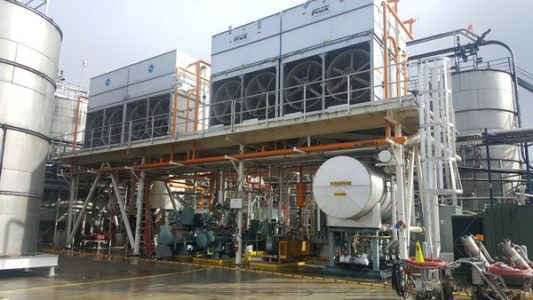Should I Hire a Contractor or Keep it In-House? | Part 12: Conclusion

Eli Macha presented a technical paper at the 2021 RETA National Conference titled IIAR 6: Should I Hire a Contractor or Keep it In-House? This blog series includes excerpts from his technical paper.
The aim of this [blog series] was to help end-users of ammonia refrigeration systems comply with IIAR 6 utilizing the right amount of contractor assistance. The information provided was derived from four sources: the Contractor Involvement Survey, formal interviews, IIAR 6, and anecdotal consulting experience.
Mechanical Integrity Activities
Two nearly universal best practices were found: daily rounds are completed in-house and annual inspections and tests are outsourced. While these trends were the most easily identifiable, a few other trends were found when taking other variables into consideration. Most facilities outsource higher-risk activities such as oil draining and purging non-condensables, but they keep mundane tasks such as replacing fan belts and condenser sump cleaning in-house. While many facilities want their own operators to be able to tighten down valves as necessary, they leave the exercising and lubricating of valves to the contractor technicians. It was also observed that while many facilities keep painting in-house, they entrust system labeling to refrigeration contractors.
In-house Operators
Various trends were also observed regarding how facilities hire ammonia operators. Most facilities have at least one employee with oversight of the ammonia refrigeration system. An unsurprising correlation was seen between system complexity and the number of in-house ammonia operators. Interestingly, many facilities reported low turnover from their ammonia operators.
Refrigeration Contractors
Finally, some commonalities were seen in how facilities interact with contractors. Many facilities have contractors onsite at least once per month. There was also a slight correlation between the frequency of contractor visits and the complexity of the ammonia refrigeration system. While some facilities prefer to use one contractor for inspections and another to make the recommended repairs, most facilities trust contractors to complete both the inspections and repairs. A large variety of PM contracts were reported from the surveyed facilities, but the most common occurrence was for 16 contracted hours per month.
Call for a Nationwide Survey
While many insights were able to be gleaned from the Contractor Involvement Survey, two key shortcomings are identifiable. First, only 28 responses were recorded. While this data set is large enough to begin to develop trends, it is not enough to draw definitive conclusions for the industry. As with any small sampling, certain types of philosophies could be over or underrepresented. Secondly, all facilities surveyed are in California, which has one of the strictest regulatory environments in the nation. California has the California Accidental Release Prevention (CalARP) program that applies to ammonia systems with inventories as low as 500 lbs. Facilities in states which do not have consistent inspections from regulators likely have varying priorities when complying with IIAR 6. A nationwide survey, with hundreds of submissions, would allow for clearer analysis of the data and would certainly be of tremendous value to the industry.
The previous blogs in this series are available in the following links:
- Part 1: Introduction
- Part 2: Research Methodology
- Part 3: Completing Daily Rounds In-House
- Part 4: Outsourcing Annual Inspections
- Part 5: System Oversight
- Part 6: Miscellaneous Maintenance
- Part 7: Other Inspection Frequencies
- Part 8: Hiring and Training Ammonia Operators
- Part 9: Frequency of Contractor Visits
- Part 10: Changing Up Contractors
- Part 11: Optimizing Contractor Relationships

Leave a Reply